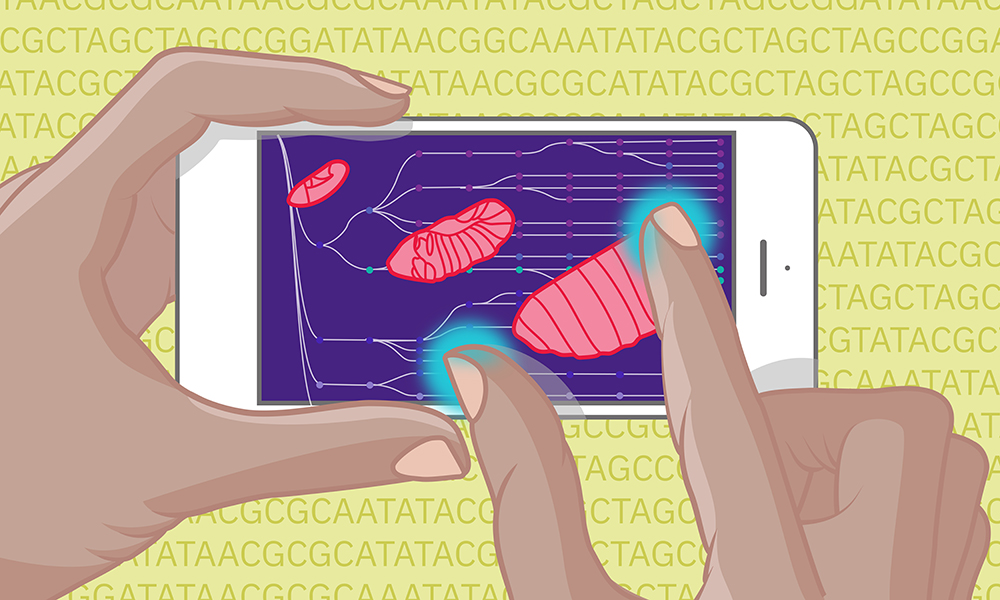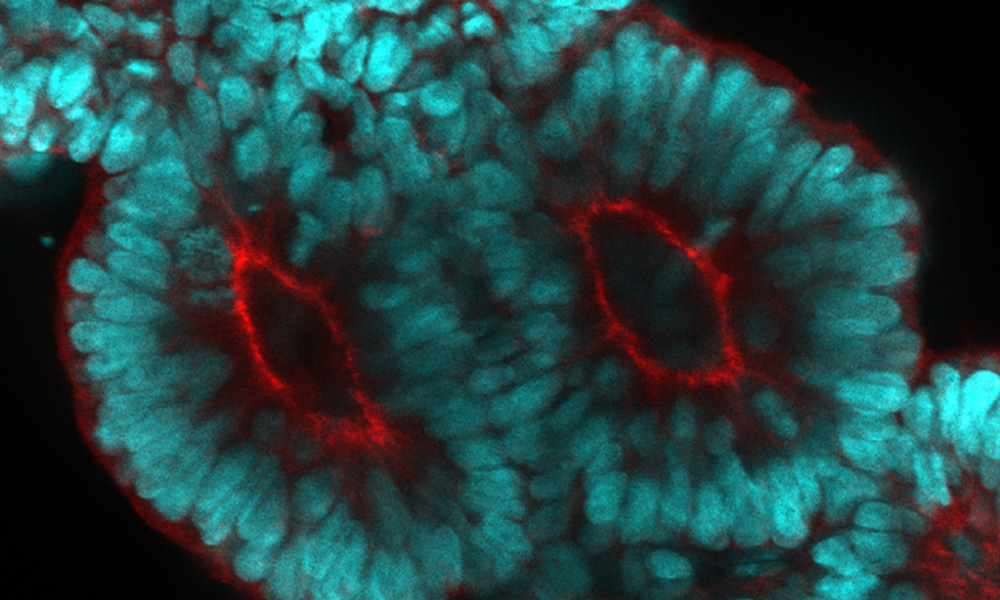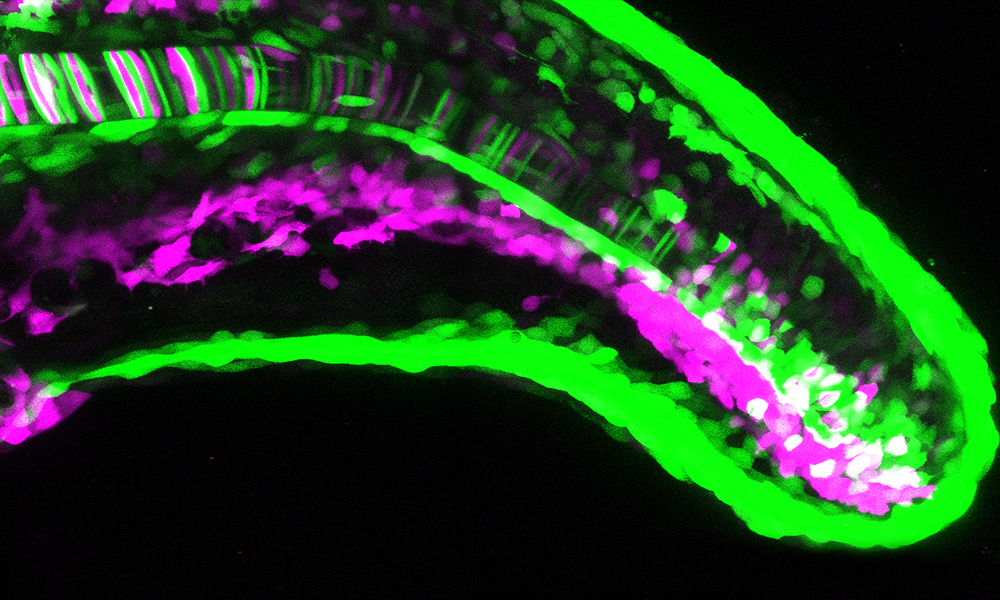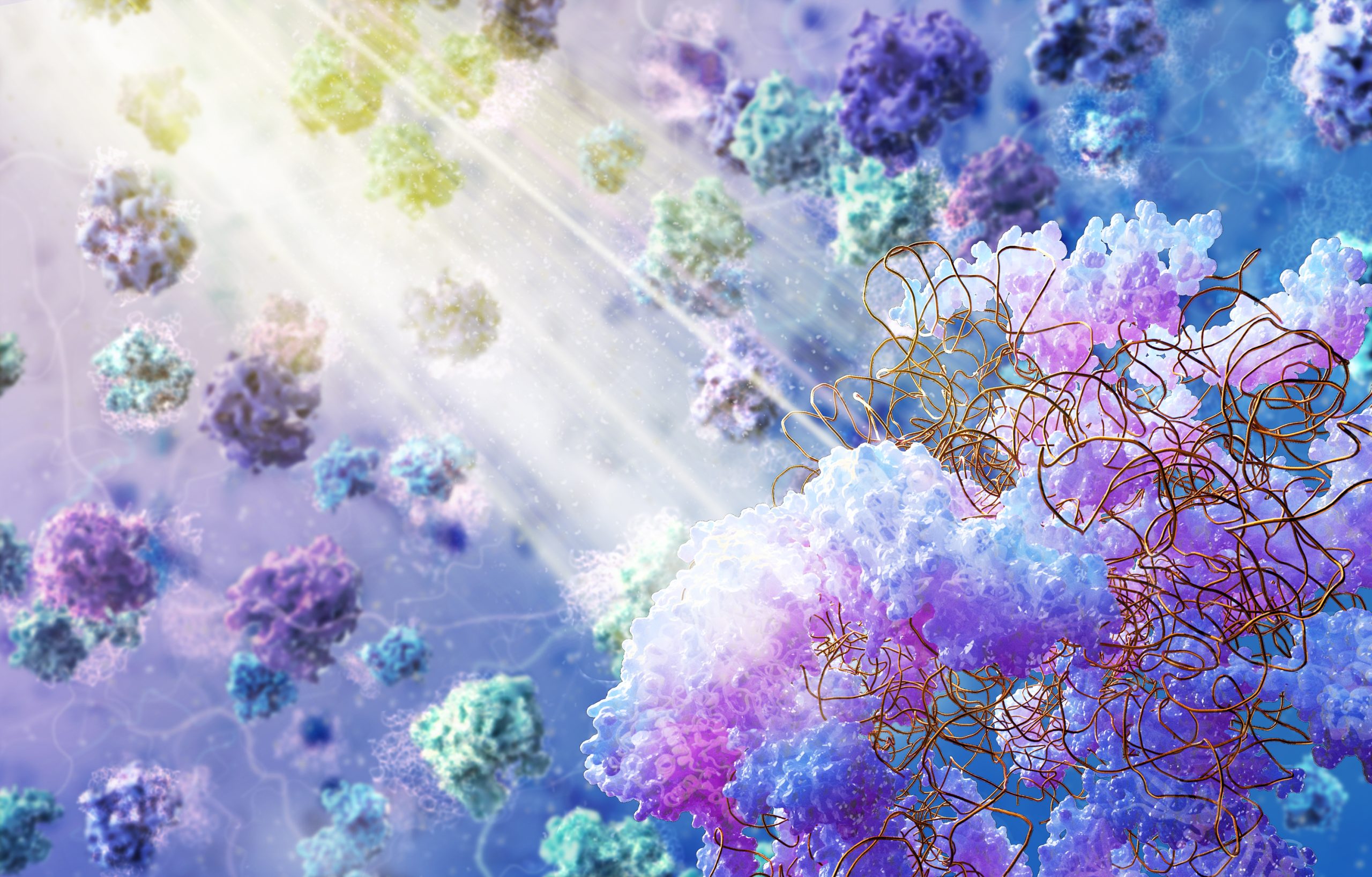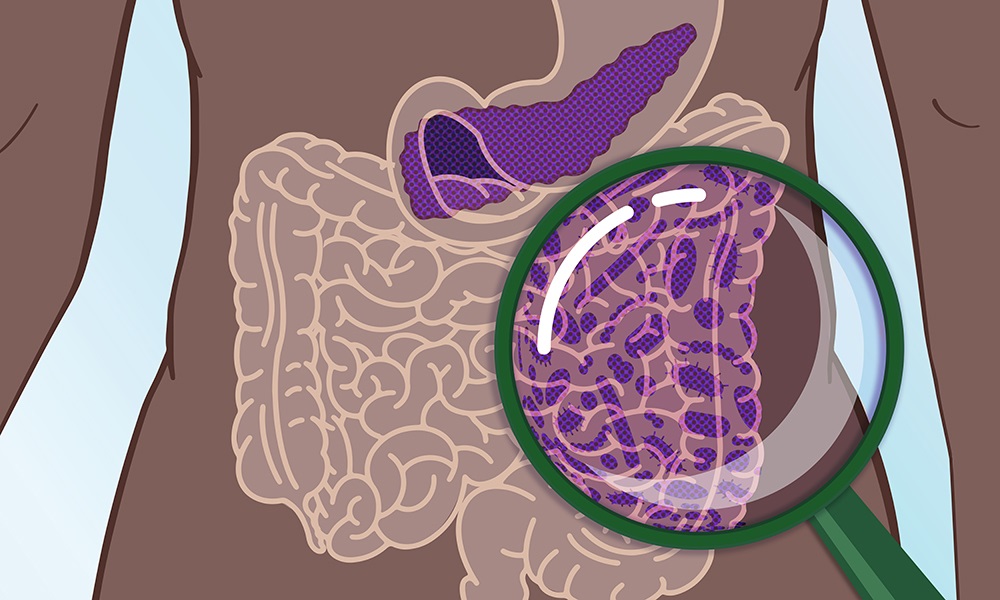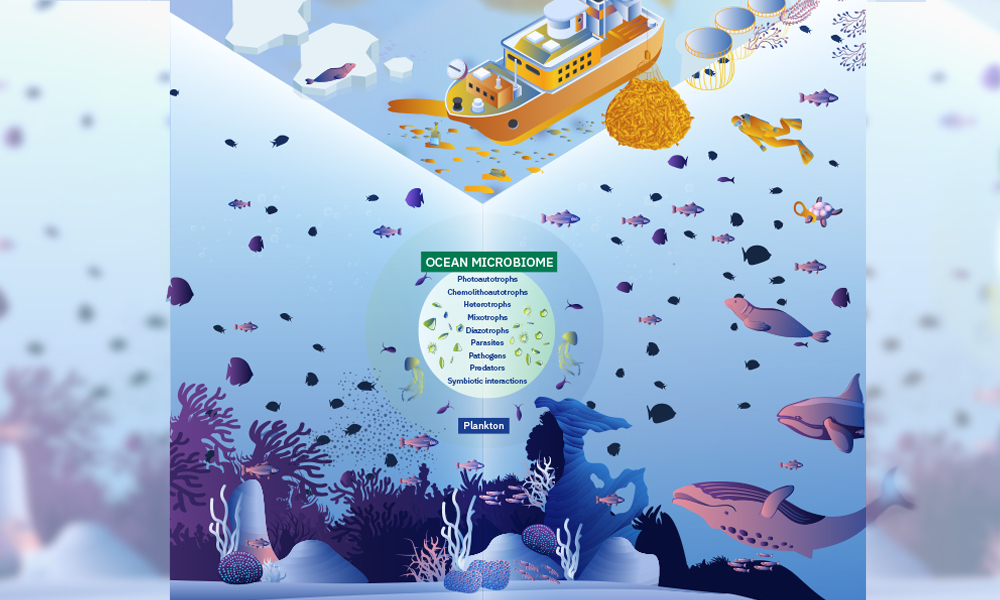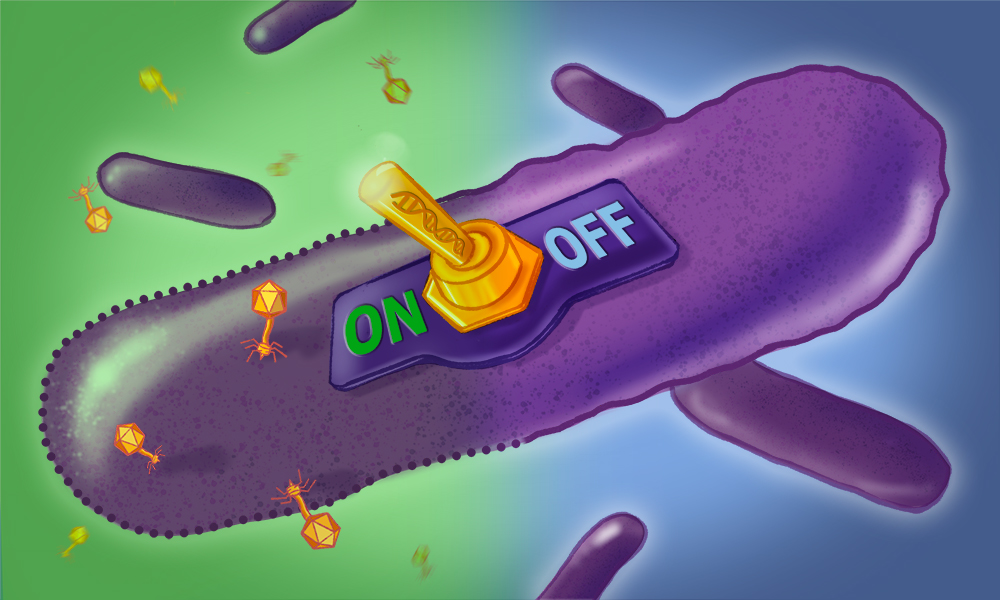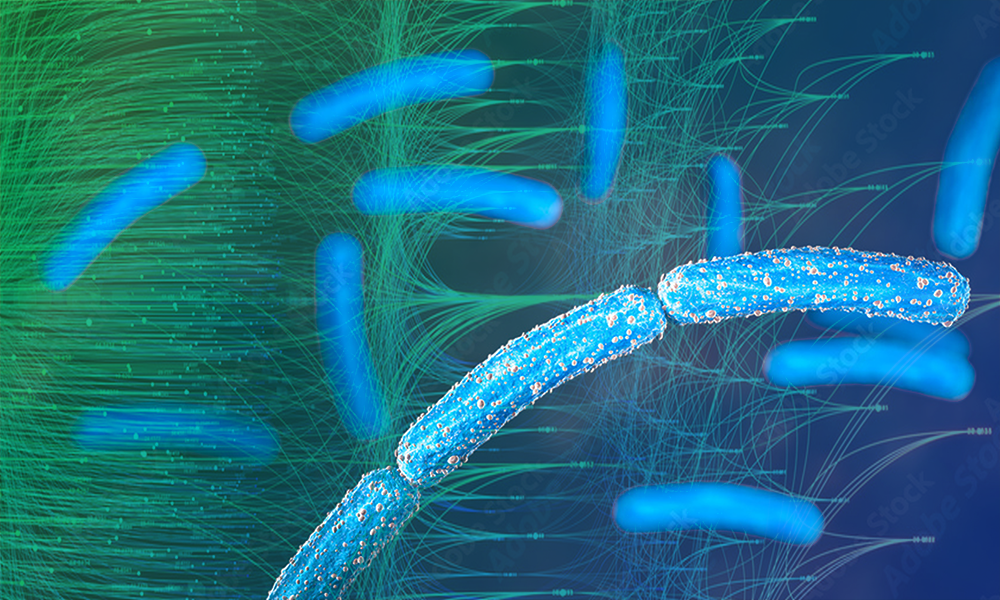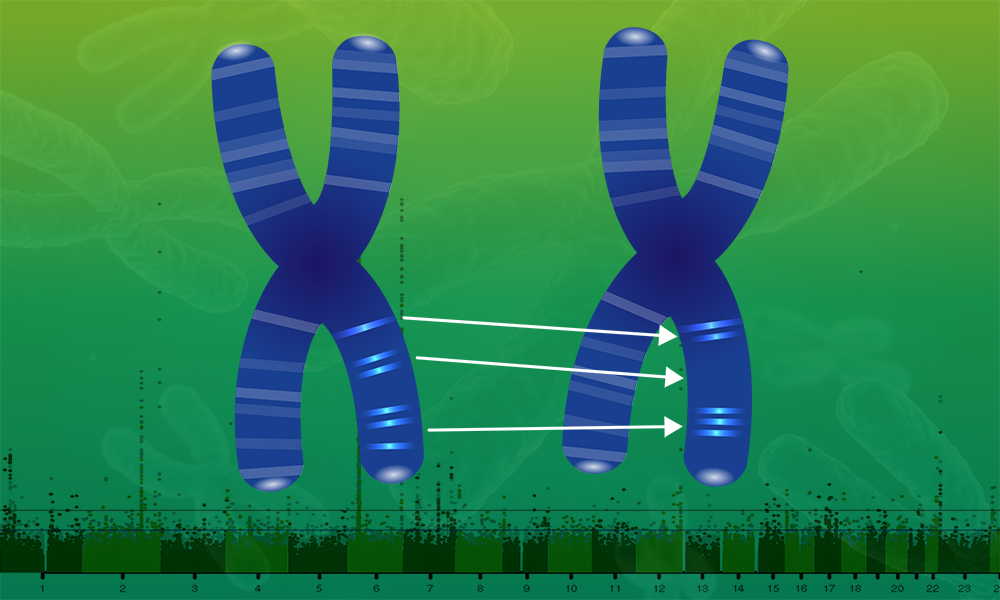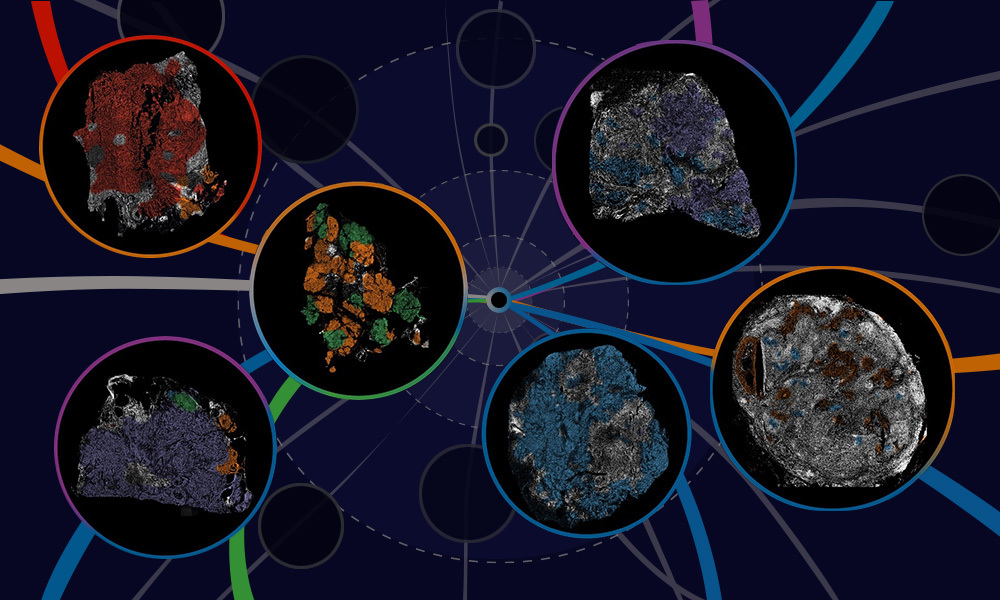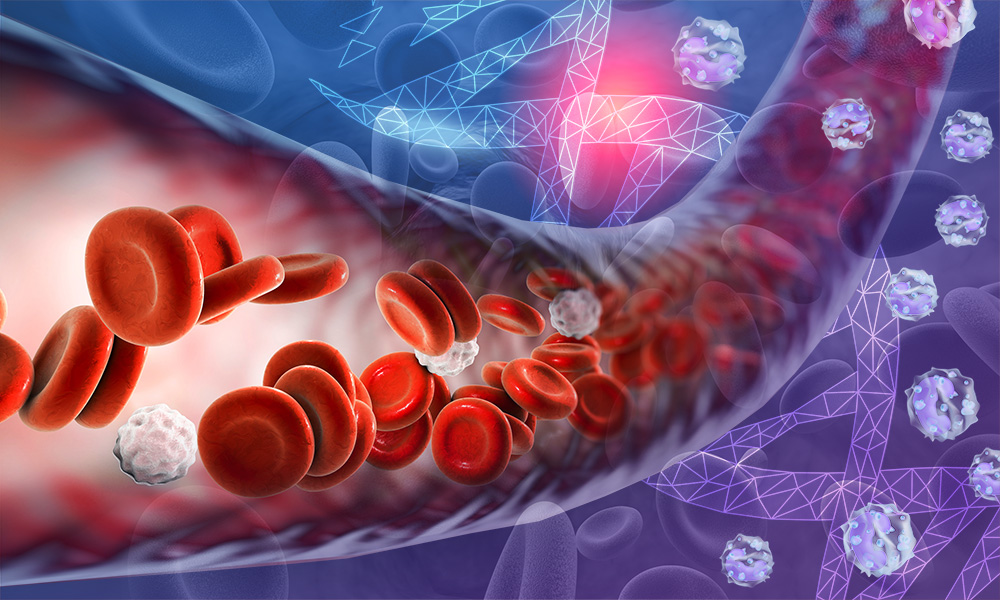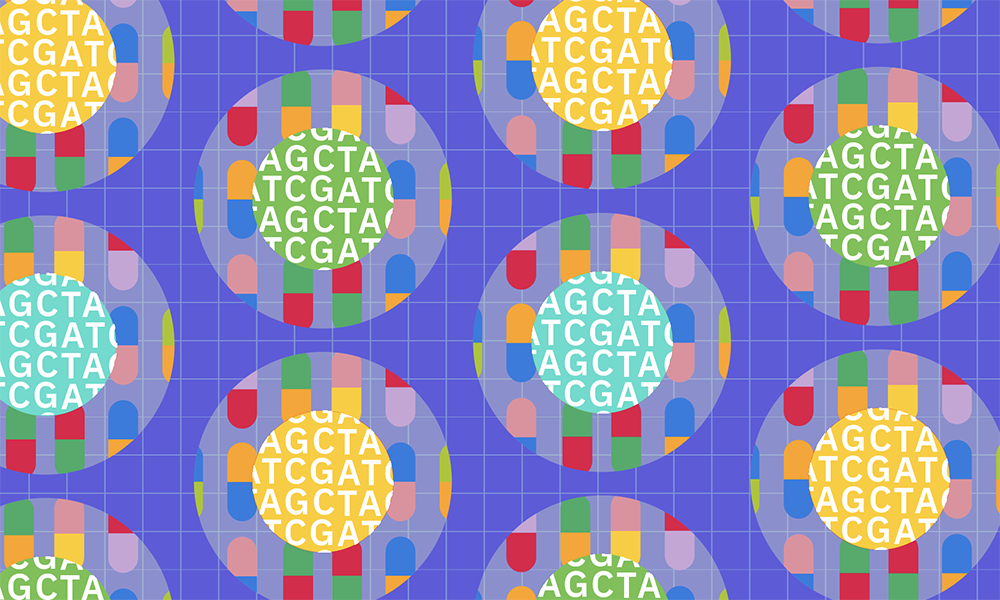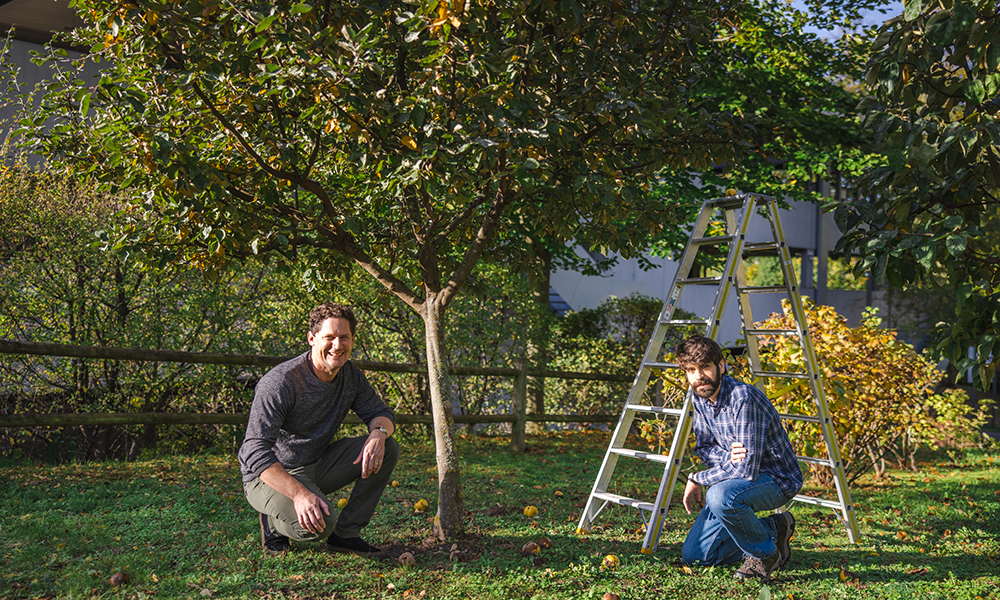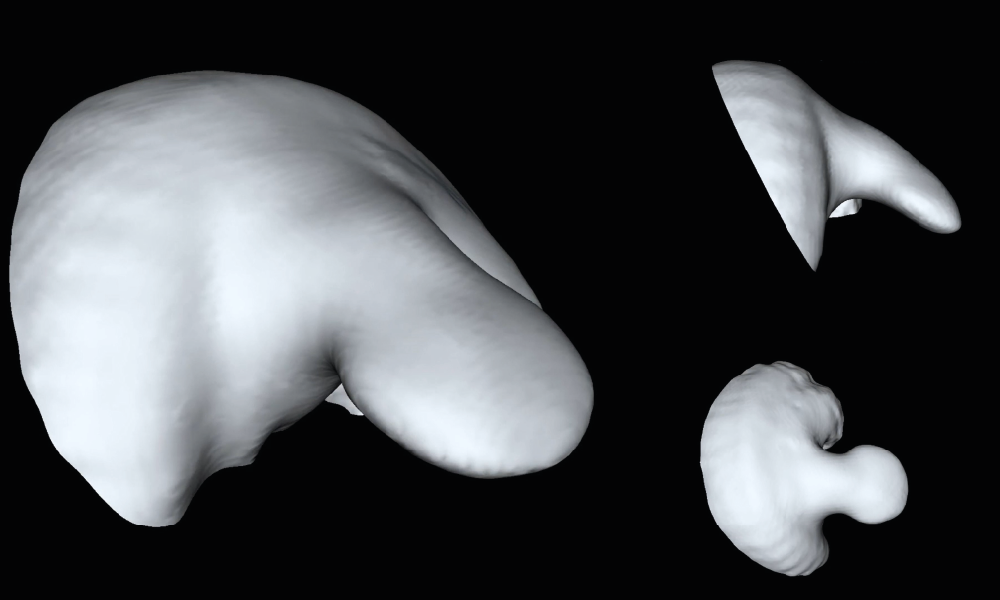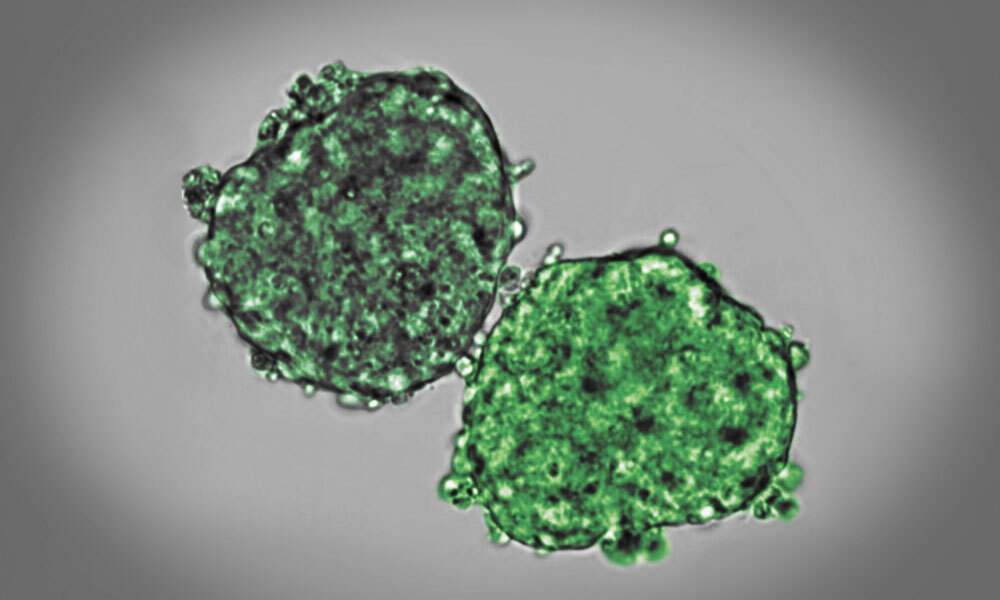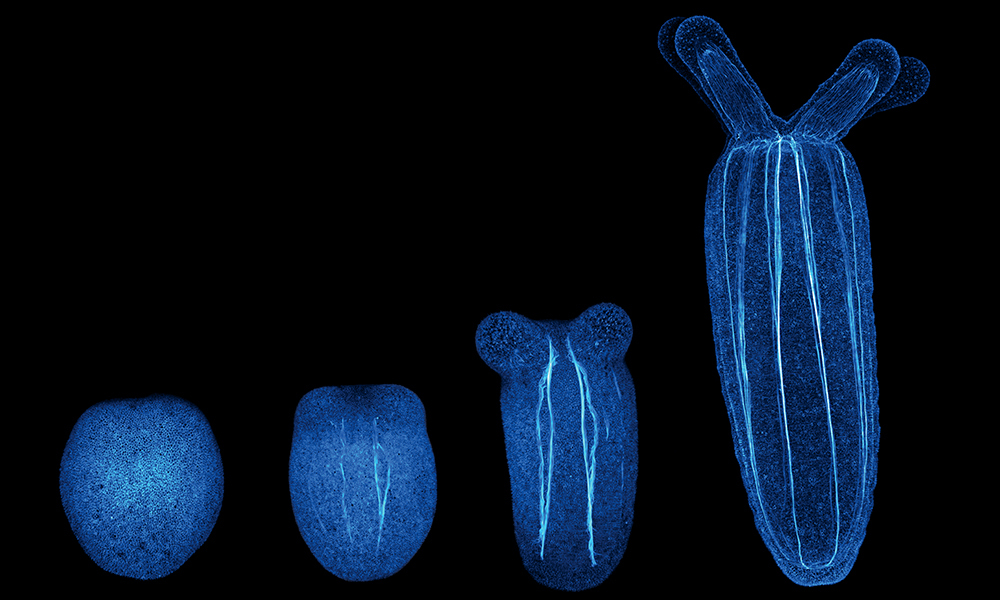Molecular building blocks
Probing the smallest building blocks of life to understand their role in cells and beyond
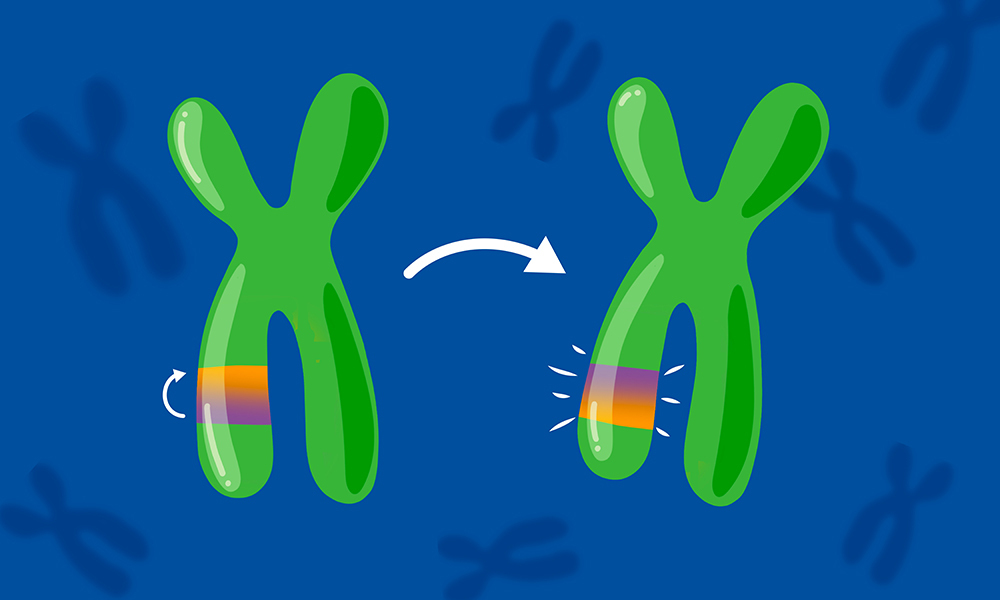
Flip-flop genome
EMBL Heidelberg researchers found that inversions in the human genome are common, impacting our understanding of certain genetic diseases.
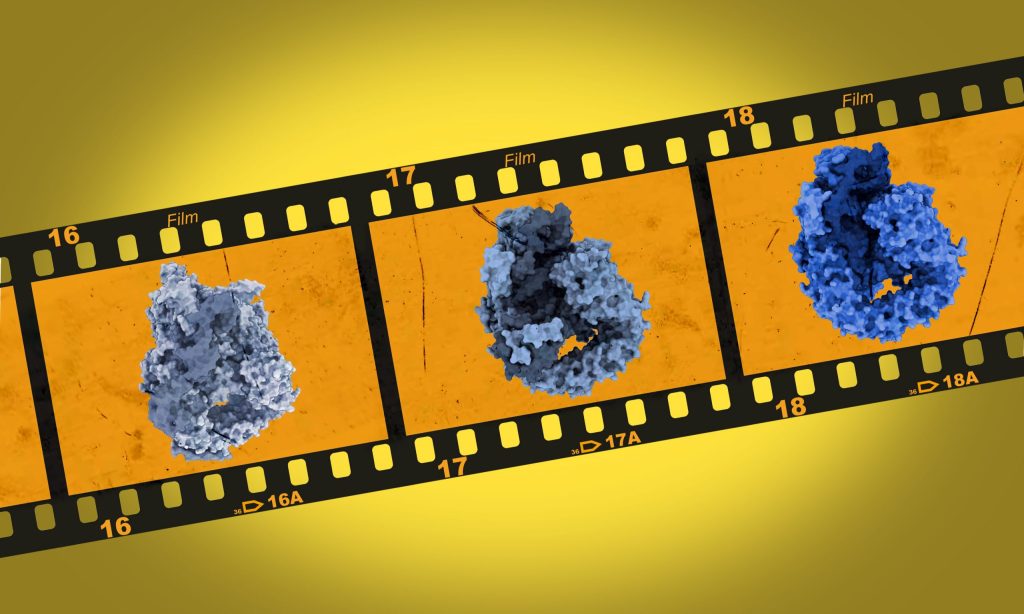
Crucial ‘snapshots’ of RNA splicing
The Galej group at EMBL Grenoble obtained hi-resolution snapshots of a key component of the human spliceosome.
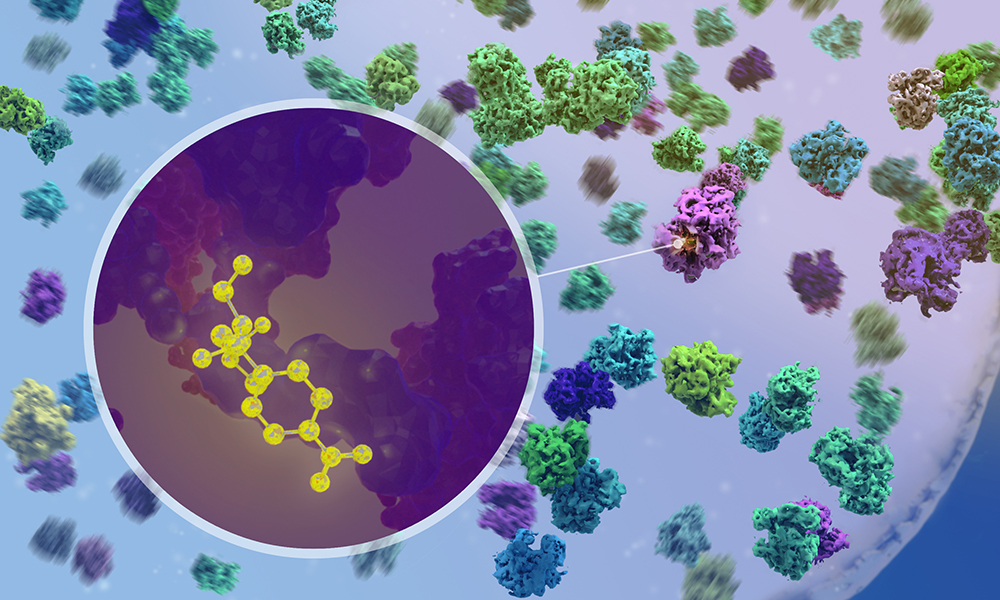
The atomic details of antibiotics at work
EMBL scientists showed for the first time in atomic detail the dynamic process of protein production inside bacteria and how antibiotics alter this process.
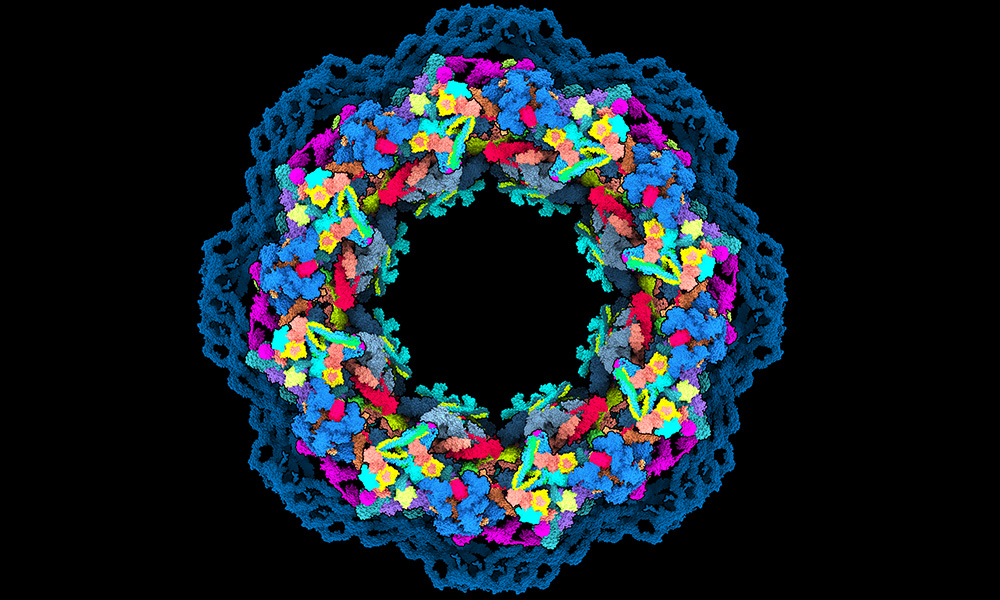
Solving a nuclear pore complex puzzle
Using AI, scientists solved several mysteries around the structure and function of a true molecular giant: the human nuclear pore complex.

